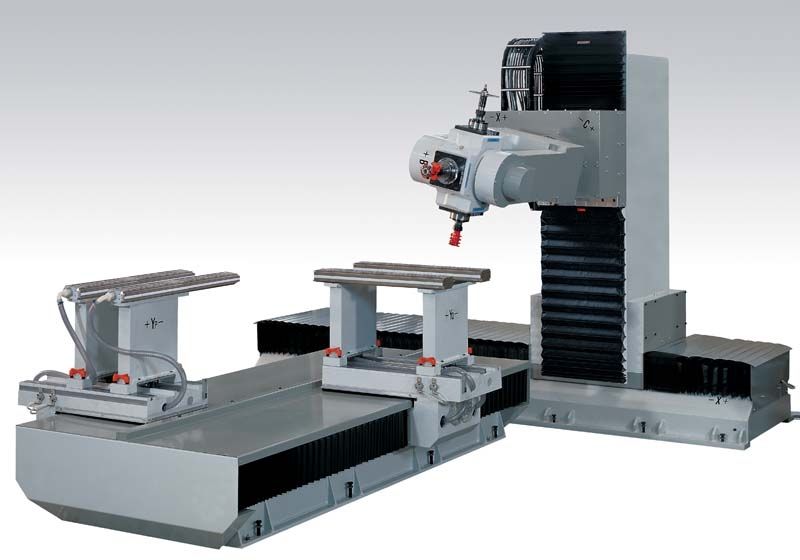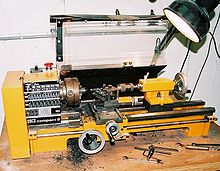Multi-axis Machining

Multi-axis machining is a mechanized process where computer numerically controls the tools that move in 4 or more ways; and it is used to produce parts out of metal or other materials by milling away the excess material, by water jet wounding or by laser cutting. Typical CNC tools support translations in 3 Axis. Multi-axis machines also support revolution around one or multiple axes.
There are many CAM (computer aided manufacturing) software systems available now in the market which support multi-axis machining that include software which can repeatedly convert 3-axis tool paths into 5-axis tool paths. These Multi-axis machines offer several improvements over other CNC tools depending on the cost of increased complexities and price of the machine.
By using these machines, the amount of human usage will be drastically reduced; but however, if the piece would otherwise have to be turned manually during the machining. A better finish can be obtained by moving the tool agilely about the surface.
Let us look about the detailed manufacturing procedure. The complex parts can be manufactured, particularly parts with curved holes. The number of axes for these multi-axis machines varies from 4 to 9. Each axis of movement is implemented either by moving the table (into which the work piece will be attached), or by moving the tool manually. The configuration of axes also differs; as machines with the same number of axes can differ in the movements that can be performed.

However, 6 Axis Computer Numerically Controls machining can decrease series time by 5 axis machines. If we see these machines are designed for volume machining of steel, aluminum, cast iron and for model making materials. Using a unique 3-Axis milling will allow you to simultaneously use a 6-Axis CNC machine which helps you to cut the production rollout time by as much as 75%. It is proved to be a machining solution for high accuracy production of large aerospace and automotive parts, and model-making along with molding applications.
A completely new dimension model to increase your productivity
The innovative, design and dimension of the machine will not only increase the speed, but is also especially demonstrated on the example of a structural component with inclined side walls of 3° to 5° as is common in the aircraft industry.
- Every corner of the pockets, have A-/C-heads, the M3 ABC achieves a continually high feed rate, thus leading to a significantly less tool wear.
- With a minimum rotation you can achieve any angle of orientation with the 3-axes, and helps to save a lot of time.
- The pirouette-like retraction of the C-axis each cycle is no longer necessary.
Advantages using Multi-axis Machining
- Highly Flexible
- Accurate and time consuming
- Pure Multi Task
- Maximum Productivity can be achieved
- Maximum Machine Quality and dynamics with Quality
- Wide Choice of Automated solutions





